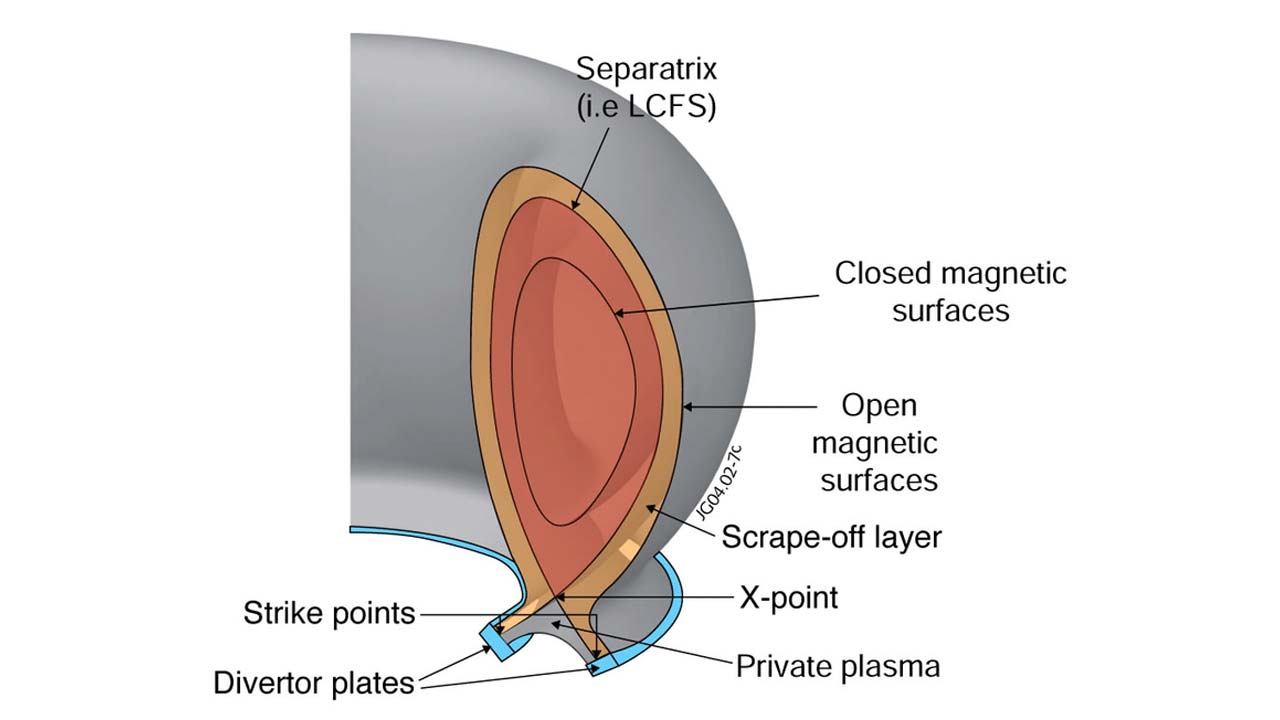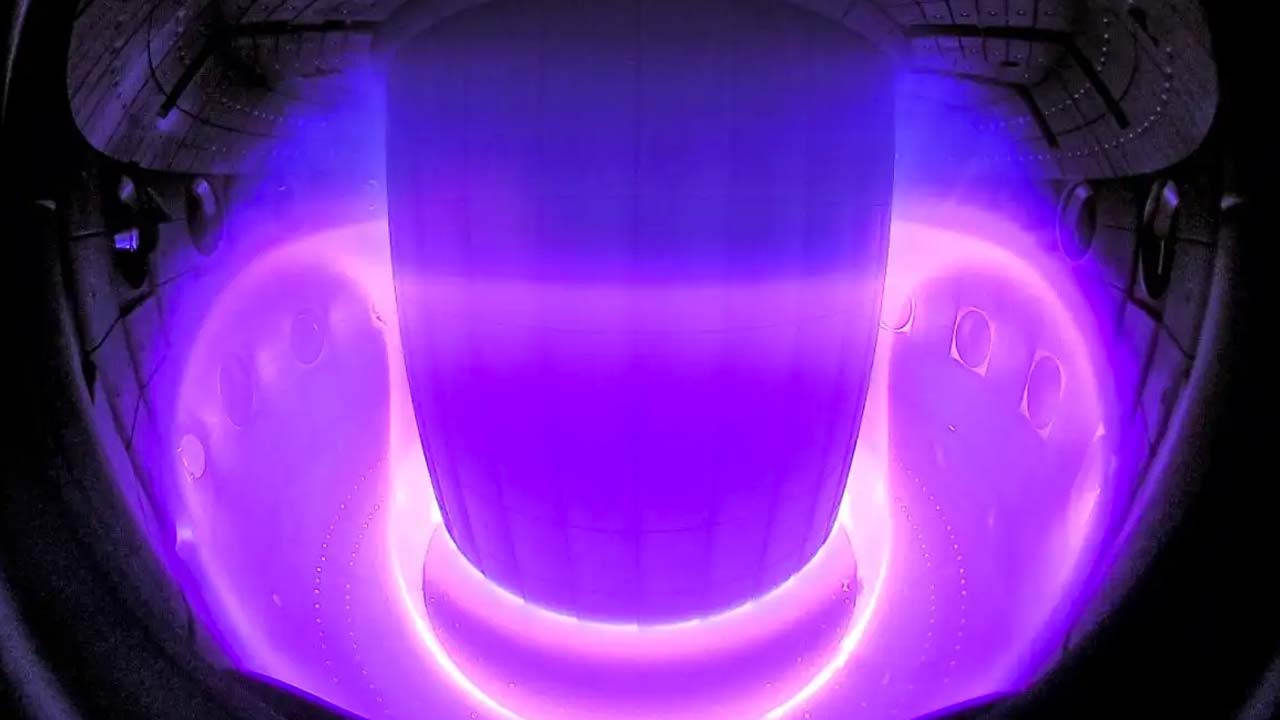Although nuclear fusion is seen as a great solution to the great demand for energy that humanity needs, it is not yet able to penetrate our lives. As the scientific world continues to work at full speed to make this energy method possible, a big announcement came today.
Although very large facilities and systems were needed to achieve nuclear fusion, scientists in Germany have made a discovery that will succeed in meeting this need. From the Max Planck Institute for Plasma Physics (IPP) Scientists could be pioneers in confining plasmas at millions of degrees to a small space.
Fusion reactors can have a smaller volume:

According to the research published in Physical Review Letters, the experimental ITER reactor under construction in France,’ASDEX upgrade‘, thanks to the tokamak experiment, it will make it possible to produce energy in the most advanced way in the fusion power plant. Moreover, this energy will be obtained in a much cheaper and much more compact system.
Before going into details, it is useful to know the existing fusion reactors. Today’s nuclear fusion reactors and power plants operate thanks to huge plasma chambers called ‘tokamak’. Plasma reaches 100 million degrees Celsiusis trapped in a magnetic field within the walls in this room. In this way, the plasma does not interact with the walls and, simply put, the walls do not melt or get damaged.

The newly developed system actually continues to follow the logic of tokamak. But it does involve significant changes in the structure of the trapped plasma. Plasma the lowest point (point X) minimum 25 centimeters between the ‘deflector’ and the critical function of the buckle. He managed to reduce it by 5 centimeters.
This performance was made possible thanks to the so-called “X-point radiator”. X-point radiator discovered about 10 years agooccurs in specially shaped magnetic cages when the amount of nitrogen added to the plasma exceeds a certain value.
This phenomenon resulted in the formation of a small, dense volume that diffuses particularly strongly in the UV range. This event can be seen as an annular glowing plasma in the tokamak, It can emit both visible light and UV radiation.
It was also discovered that the X-point radiator reduces the distance between the X-point and the deflector. Professor of Physics at the IPP, Dr. Tilmann Lunt shared his discoveries as follows:
“We accidentally moved the plasma edge much closer to the deflector than we wanted. We were very surprised that ASDEX Upgrade handled this without any problems.”
What will this discovery do?

- The deflectors in the tokamaks can be designed much smaller.
- The volume of the vacuum region in the tokamak decreases as the plasma moves closer to the deflector.
- Plasma volume as vacuum field volume of existing tokamaks is combined with X point radiator can be increased almost twice. Therefore, the output of fusion power will also increase.
It is said that many experiments still need to be carried out to understand that the effect of the X-point emitter is certain. The ASDEX upgrade that enabled the event is scheduled to be integrated into the Garching tokamak in 2024.
















